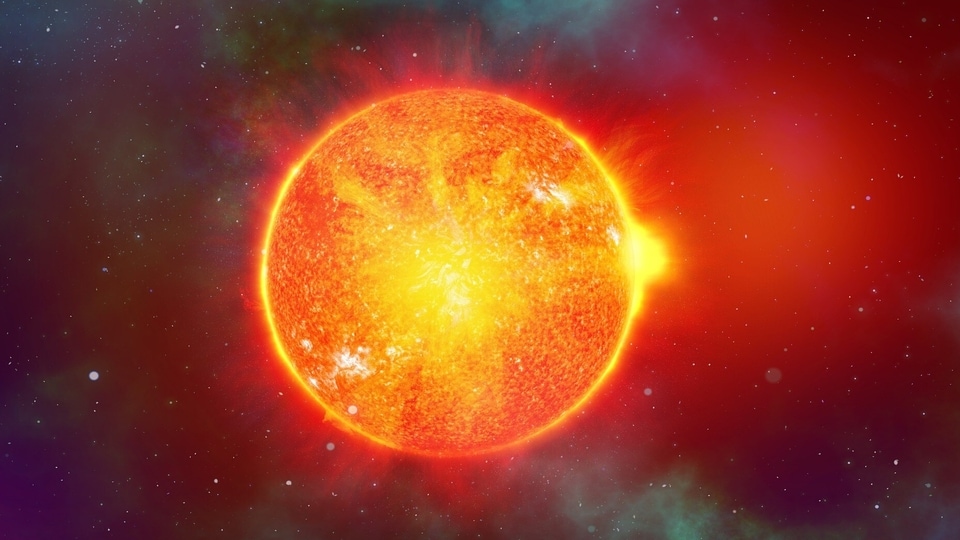An Earth-Killer Solar Storm? Horrific destruction our Sun can wreak on humanity
If a strong enough solar storm heads for Earth, could it destroy all life on the planet and cause total annihilation? Read on to find out.
_1639373804152_1659933055983_1659933055983.jpg)
_1650614444757_1650614518141.png)



_1639373804152_1661440474085_1661440474085.jpg)
 View all Images
View all ImagesSolar Storms have been battering Earth for billions of years. The same is continuing and with the Sun at its volatile best during its latest 11-year solar cycle, it is spewing fire at Earth. These solar storms also cause major after-effects which can destroy the power and communications infrastructure on Earth. However, could such a strong solar storm ever hit Earth that it annihilates all life on the planet? Or could Earth fight back and survive? In a battle between solar storms vs Earth, who wins?
What is a Solar Storm
Solar storms occur due to a coronal mass ejection (CME) that is set off on the surface of the Sun. This ejection sends solar flares hurtling towards Earth. As per the K-index, which measures the magnetic field around the Earth, solar storms are divided into 5 classes from G-1 to G-5. The G-1 is the lowest impact solar G5 is given to the most severe solar storms.
Impact of a Solar Storm
The high-speed solar flares interact with the Earth's electromagnetic field and spark Geomagnetic storms. According to NASA, a geomagnetic storm is a major disturbance of Earth's magnetosphere which occurs when there is a strong exchange of energy from the solar wind in the space above Earth.
One of the major effects of solar storms is Radio blackouts. When a solar flare hits the Earth, the radio communications and the power grids are affected when it hits the Earth's magnetic field.
Solar Storms can also cause a change in migration patterns of birds, whales and even bees. Since birds rely on magnetic fields of the Earth for navigation, their migration pattern gets affected.
Although solar storms can cause various effects which have the potential to harm the planet, they also result in one of the most beautiful phenomena - Northern Lights. Northern Lights, also known as Auroras, bring about shifting curtains of light in greens, blues and pinks in the night sky.
Could a Solar Storm end all life on Earth?
According to scientists, Earth has two very distinct advantages – the magnetic field and atmosphere. The magnetic field interacts with the solar flares to stop solar flares while Earth's atmosphere acts as a insulator and absorbs most of the solar particles, according to Live Science.
Alex Young, Associate Director for Science in the Heliophysics Science Division at NASA's Goddard Space Flight Center in Greenbelt, Maryland said in a video way back in 2012, “We live on a planet with a very thick atmosphere… that stops all of the harmful radiation that is produced in a solar flare.”
“Even in the largest events that we've seen in the past 10,000 years, we see that the effect is not enough to damage the atmosphere such that we are no longer protected,” he further added.
So, it seems that you need not worry about searching for another planet to live on any time soon, and your time on this planet won't be cut short at least by a solar storm.
Catch all the Latest Tech News, Mobile News, Laptop News, Gaming news, Wearables News , How To News, also keep up with us on Whatsapp channel,Twitter, Facebook, Google News, and Instagram. For our latest videos, subscribe to our YouTube channel.





























